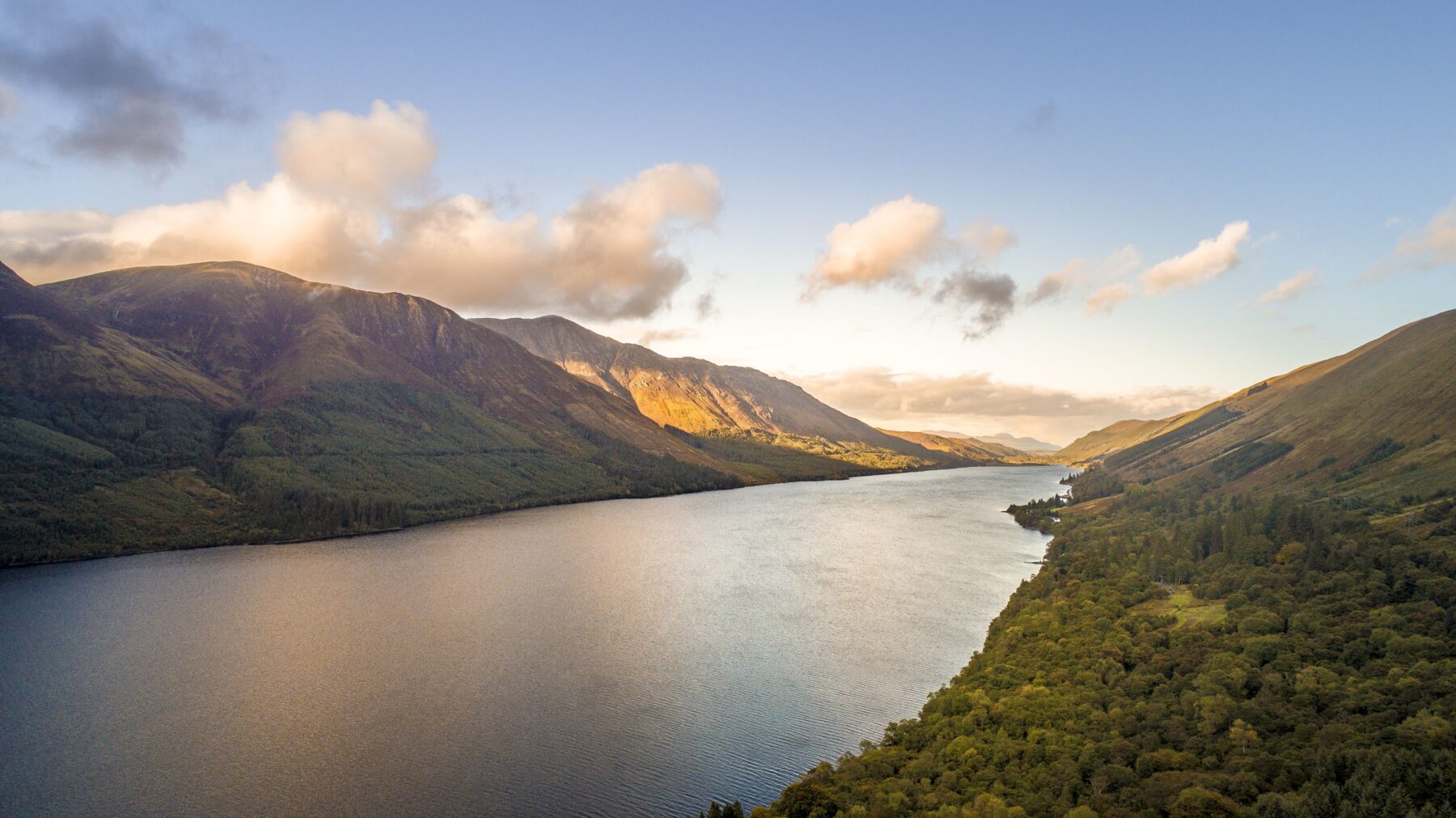
It is the view of the Atlantic Salmon Trust that the proposal known as ‘Loch Kemp Storage’, which proposes to build and operate a new 600 MW pumped storage scheme utilising Loch Kemp as the upper storage reservoir and Loch Ness as the lower reservoir, has failed to properly assess the development’s impact on endangered wild Atlantic salmon.
The species is already under considerable pressure in the Ness catchment and the development must not proceed without far more robust surveying of the potential impacts on the species and more stringent safeguards and mitigation measures in place.
In addition to the detailed response we formally submitted to the consultation process in February 2024, this article aims to outline our key concerns which have been communicated to the proposed development’s Applicant.
Read our detailed response via the link below.
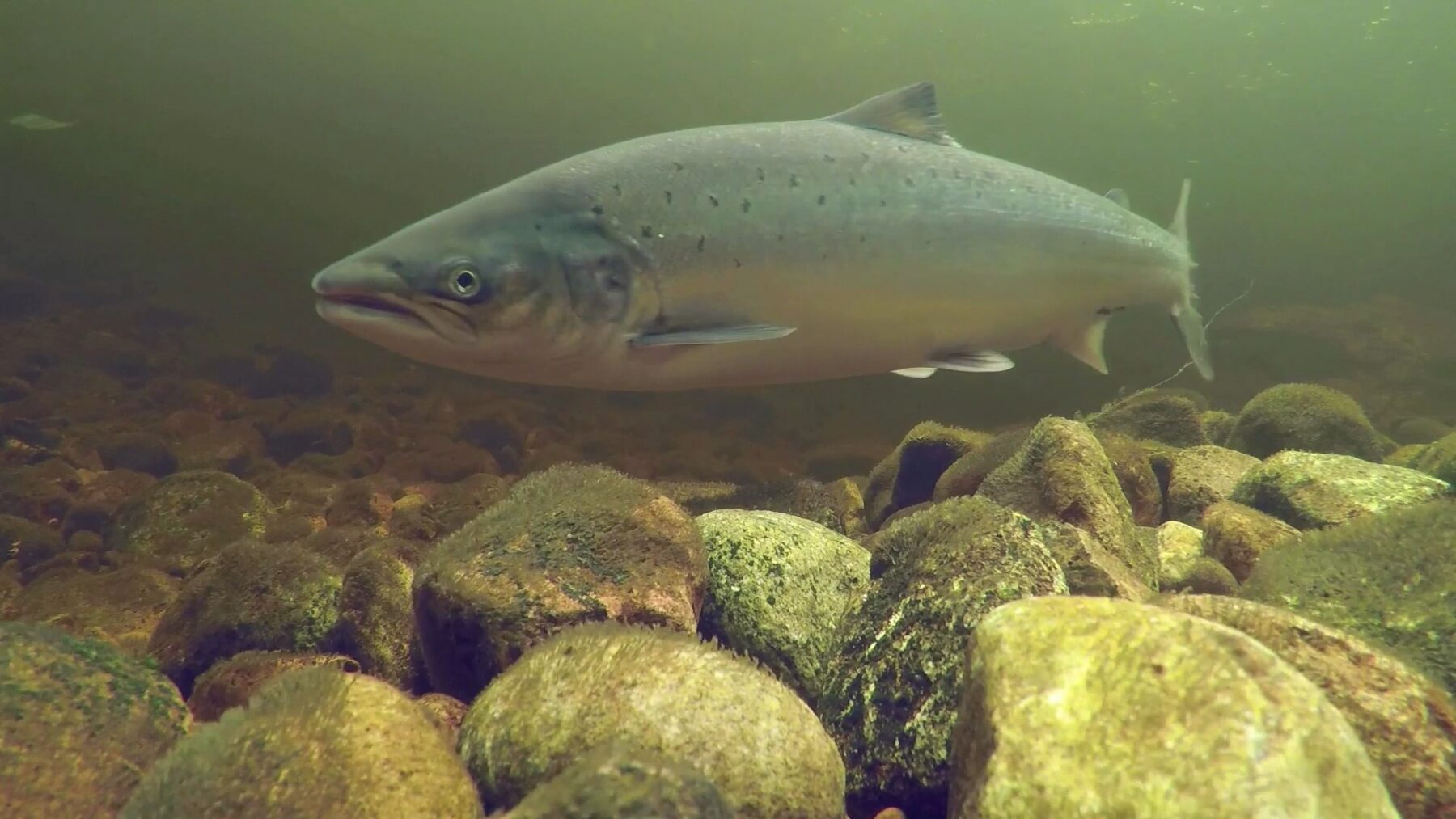
Why further pressure must not be placed on endangered wild Atlantic salmon in the Ness catchment
- The regional and national assessment of the pressures acting on Atlantic salmon in Scotland, 2021, published by Marine Scotland Science and Fisheries Management Scotland identifies significant existing issues associated with natural system modifications in the Ness system. For example, it indicates that between 51-80% of salmon production within the Ness catchment is already lost due to barriers to downstream fish passage. It also identifies ‘Abstraction & Flow Regulation’ as a ‘Chronic’ pressure in the catchment (present for more than 50% of the calendar year) and makes this assessment with a ‘High’ degree of confidence, indicating that this assessment is based on robust evidence.
- Data analysis is ongoing, but preliminary results from the Moray Firth Tracking Project show that in the three field study years (2019, 2021 and 2022), the Ness demonstrated the lowest average level of smolt escapement out of all rivers in the study. It experienced just 9% of tagged smolts successfully making it to sea in 2019, 20% in 2021 and 25% in 2022 for an average escapement rate of just 18% across the three study years. This is considerably lower than the average of 47% across the other river systems in the study.
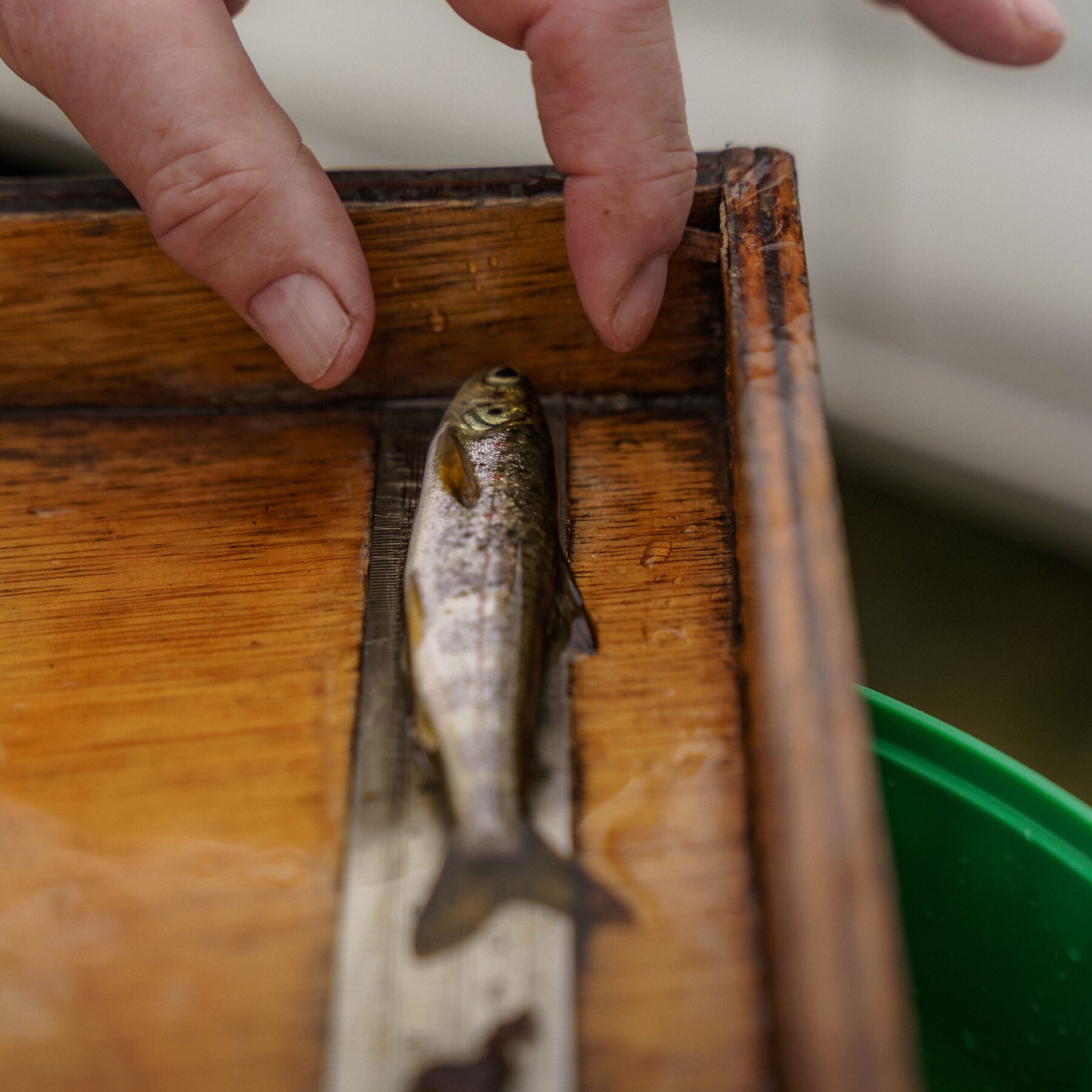
Preliminary results from the Moray Firth Tracking Project show that the Ness averaged just 18% of tagged smolts making it to sea across the 3 study years.
This was the worst performing river in the project and considerably lower than the average of 47% across the other 7 river systems in the study.

Risks to endangered wild Atlantic salmon identified in the proposal
The Applicant’s proposal highlights a range of identified risks to endangered wild Atlantic salmon in the Ness catchment including:
- Noise and vibration during construction and operation with potential for lethal effects on salmon and sea trout smolts.
- Attraction of adult salmon and other fish species to outlet during generation.
- Attraction of downstream-migrating salmon and sea trout smolts to outlet during generation and abstraction.
- Risk of instream works not avoiding sensitive fish spawning and migration periods.
- Risk of fish entrapment and injury at the site.
- Risk of delay and disruption to fish migration.
- Risk of elevated predation and poaching.
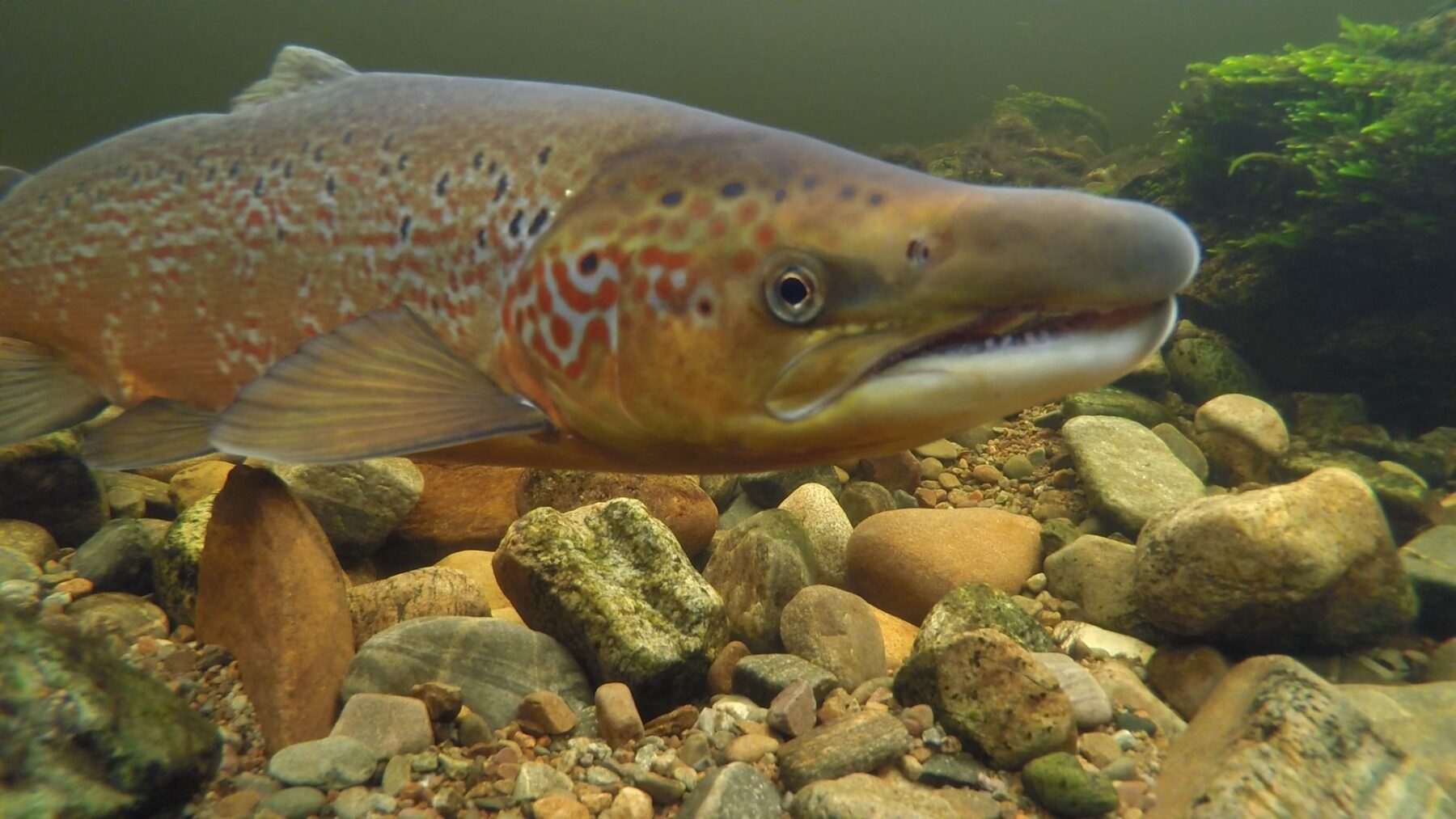
The proposal highlights a range of identified risks to endangered wild Atlantic salmon in the Ness catchment at all life stages.
Inadequate consideration for endangered wild Atlantic salmon in Moriston SAC
It is our view that the Applicant’s proposal has failed to adequately assess potential impacts on wild Atlantic salmon as a qualifying feature of the Moriston Designated Special Area of Conservation (Moriston SAC).
Cumulative effect on endangered wild Atlantic salmon from adding another Pump Storage Hydro (PSH) site not fully considered or evidenced
The proposal does not appear to have adequately considered the cumulative effects of introducing another PSH scheme to the catchment and how the effects of its construction and operation will interact with the already existing PSH sites in the catchment.
While framing its assessment of cumulative risks largely around water level fluctuation within Loch Ness and smolt migration, the Applicant has failed to assess the potential impact on other natural processes which also influence endangered wild Atlantic salmon migration, as well as impacts in the littoral (shoreline) zone, and biodiversity more widely.
Inadequate mitigation measures proposed
It is our view that the Applicant’s proposed mitigation measures have not been considered adequately and do not in their current form sufficiently address the following:
- protecting sensitive fish spawning and migration periods.
- preventing fish attraction, entertainment, and impingement at the site.
- preventing delay or disruption to fish migration.
- preventing elevated predation.
- preventing poaching incidents.
The proposal states that ‘there are instances where instream works cannot be avoided during sensitive spawning and migration periods for fish’.
For an endangered species, this is simply not good enough.
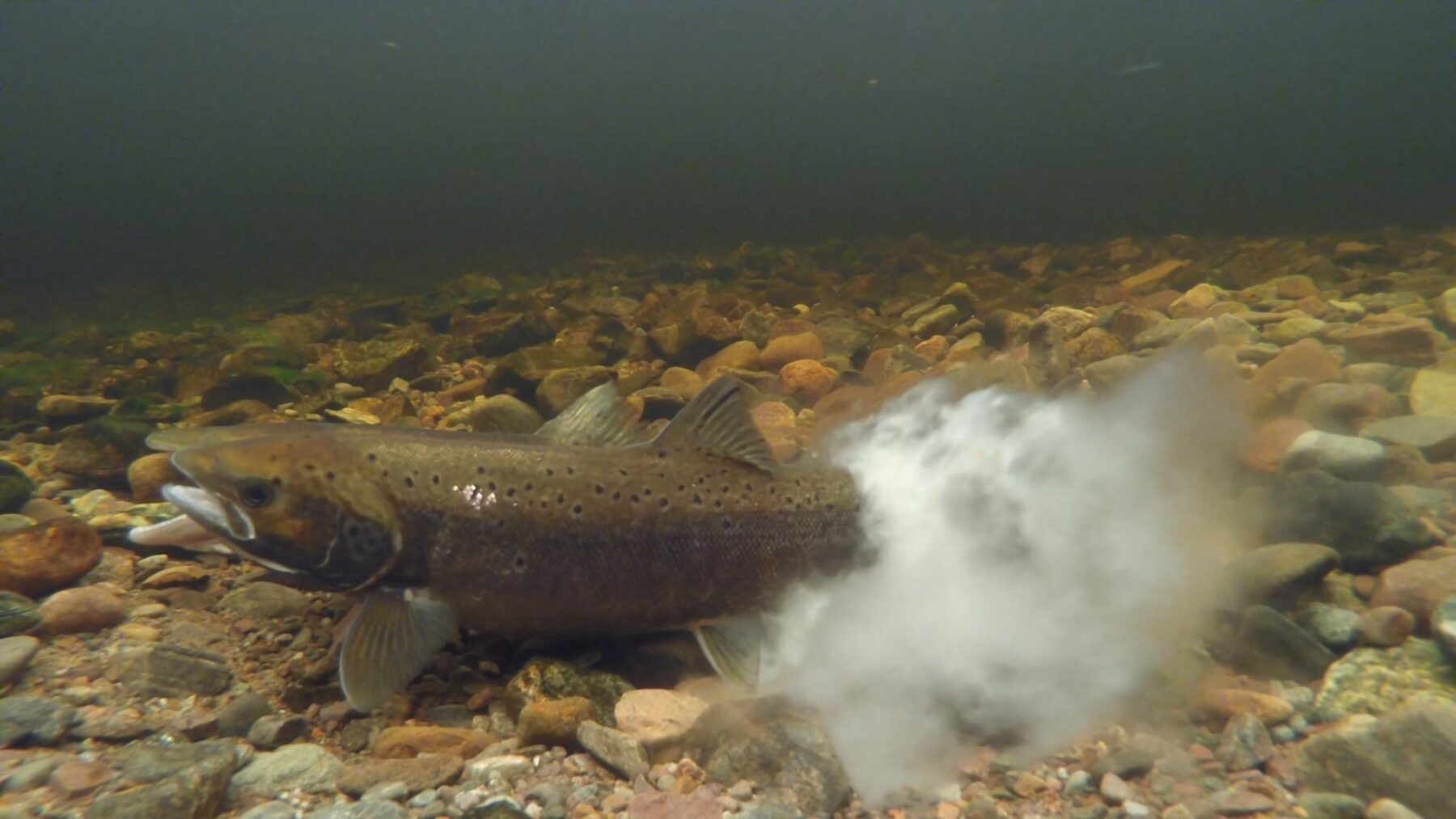
Reluctance to conduct adequate environmental assessments
It is of great concern that the Applicant considers requests from the Ness DSFB for additional surveying and research to be ‘disproportionate when compared to works undertaken for similar schemes.’ It is also concerning that the Applicant states that ‘such research cannot be undertaken in the timeframes of this development project’ and ‘we do not consider it reasonable to undertake such studies as part of the EIA assessment for the Kemp project, particularly given the timeframes that would be required to obtain meaningful results from such studies, and we note that the completion of such research has not been a requirement for other recently consented PSH schemes.’
This displays an acute lack of care for potential impacts on endangered wild Atlantic salmon. The Applicant should have factored in performing adequate environmental study and survey into its developmental timeframe. If not, can it explain why?
We also do not consider carrying out such surveys and research as ‘disproportionate’, given a) the greater scale of this PSH site compared to existing sites, b) the cumulative impact this site will add, c) the already high degree of pressure on wild Atlantic salmon in the Ness catchment, and d) the recent IUCN designation of wild Atlantic salmon as an endangered species.

Summary
As a result of i) current pressures on endangered wild Atlantic salmon in the Ness catchment, and ii) inadequate evidencing, safeguarding and mitigation measures, the proposal in its present form represents an unacceptable level of risk to endangered wild Atlantic salmon.
Taking on board the points raised in our detailed response and where we see considerable shortcomings and evidence gaps in the Applicant’s current proposal, the Applicant should ensure that the appropriate research and monitoring is conducted to fully assess and communicate any potential impacts on endangered wild Atlantic salmon, as well as to maintain the wider biodiversity value of the Ness catchment.